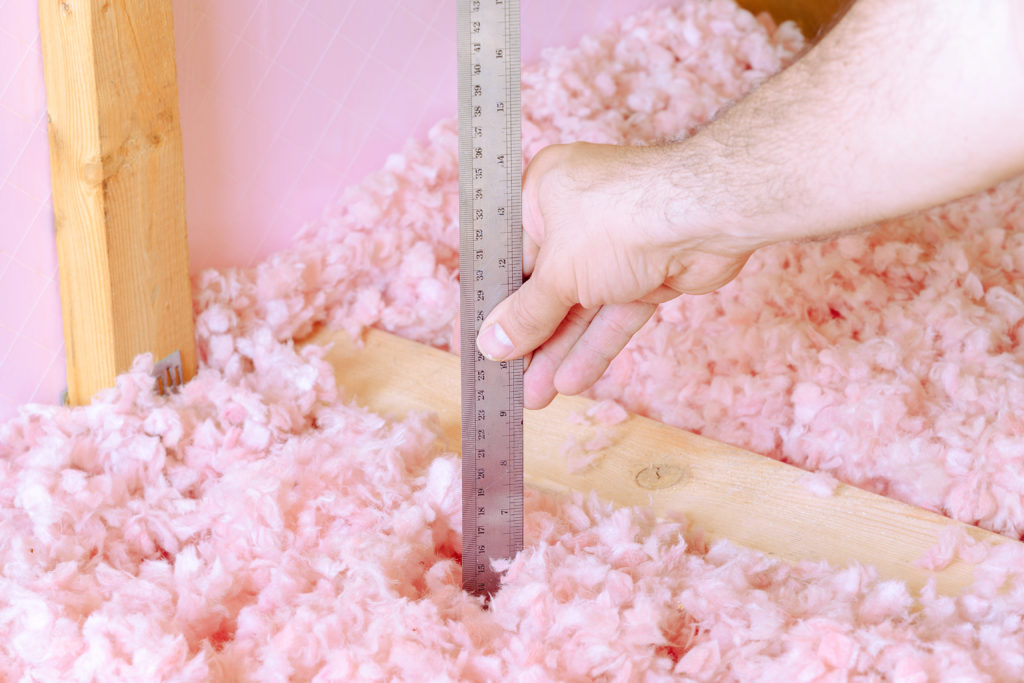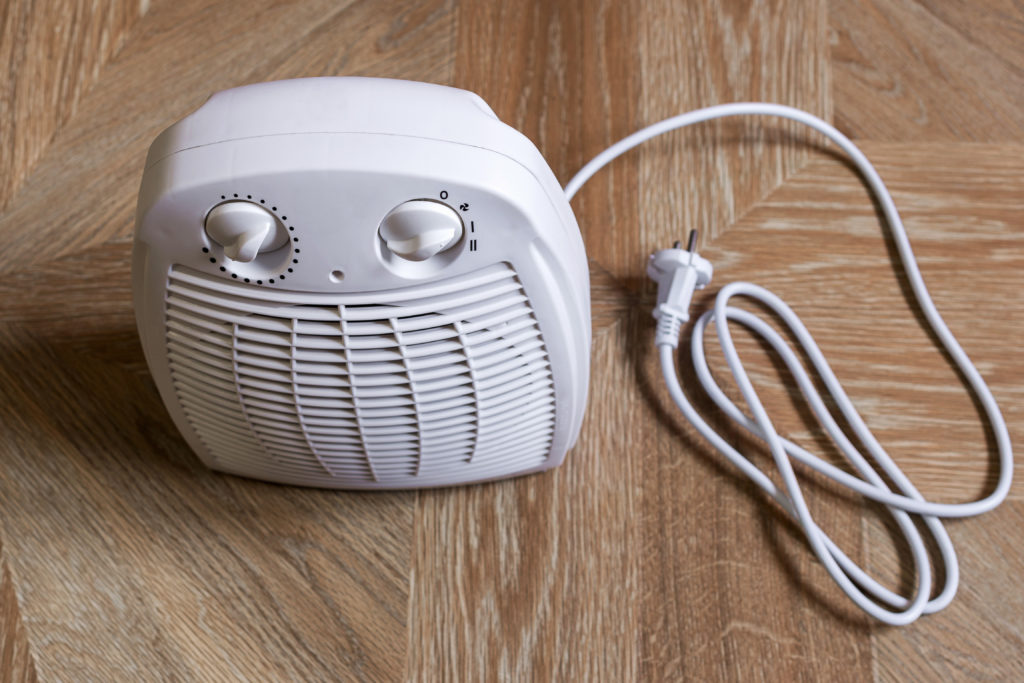6 Ways to Keep Your House Warmer This Winter
For most of the year, we’re trying to figure out ways to keep our homes cooler. But Texas’ relatively short and sometimes severe winters can catch us off guard. As 2021’s winter storm reminded us, temperatures can plummet quickly in Texas.
Learning how to keep your house warm in winter may require a little weekend maintenance and a few upgrades, but a warm and toasty interior is worth the investment.
1. Address Drafty Doorways
One secret to keeping your home warm is not letting heat escape. Start with the main culprits: drafty doorways. Use weatherstripping to fill gaps between the door and the frame; install a double draft stopper at the bottom of your door. Another upgrade is adding storm doors to your entryways, which will create an extra barrier and trap warm air.
2. Upgrade Your Windows
Your windows are another draft-causing offender. Fixing a drafty window comes down to adding some extra caulking, fixing corroded seals, and (the most cost-effective way) installing thick curtains. You may also consider investing in insulated windows that will help keep warm air in during the winter (and cool air in during the summer). A simpler and more DIY-friendly option is to add window film; it’s easy to install and boosts your window’s insulating capabilities.

3. Bolster Your Attic Insulation
Most houses either don’t have a thick enough layer of insulation in their attics or they are using a low insulation grade. But good attic insulation is one of the best ways to trap warm air. Make sure you have at least 6 inches of insulation at a rating of R-49 to R-60.
4. Insulate Your Water Heater
Cold temps can strain your water heater. Invest in a fiberglass blanket that will insulate your heater to ensure that it won’t fail during a freeze. These can be found at most home improvement stores and are easily installed.
5. Keep Up With HVAC Maintenance
Nothing is worse than your furnace failing during a freeze. As we learned during last year’s storm, broken furnaces during below-freezing temps can be dangerous — and even deadly. Before the season of extreme temperatures hits, make sure your HVAC unit is inspected and maintained. In Texas, our HVACs work tirelessly during the summer. It’s important to get any repairs taken care of before they flip from cooling to warming.

6. Have a Space Heater on Hand
When temperatures really fall, it is helpful to have a portable heater available to provide a little extra warmth. But be careful: Space heaters pose a fire hazard and other safety risks, especially when they are operated incorrectly. Be sure to read your manual and take proper safety measures when using one to heat your home.
To prepare your home for future winter storms, check out our winter storm guide.
© 2022 Texas Farm Bureau Insurance



